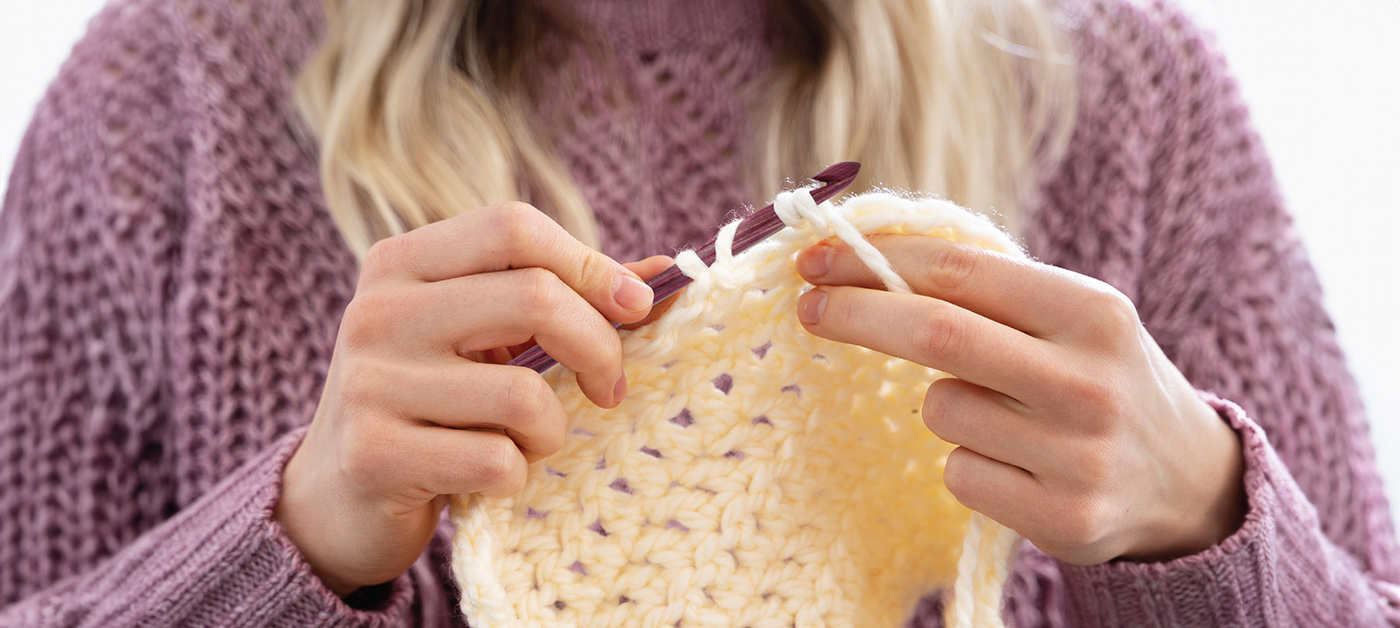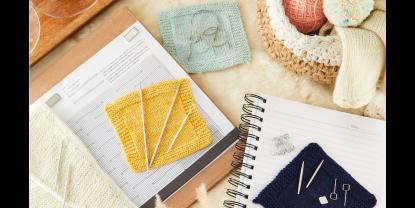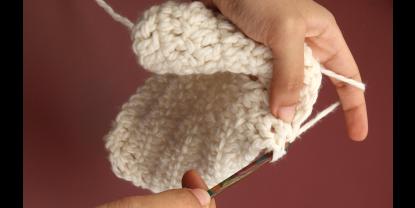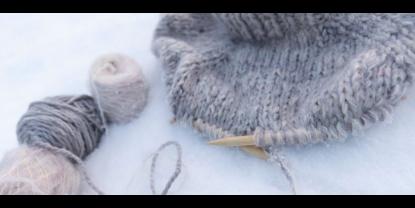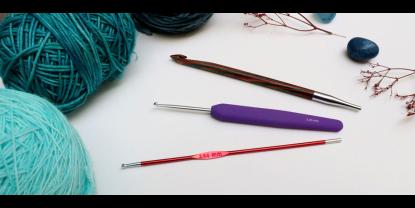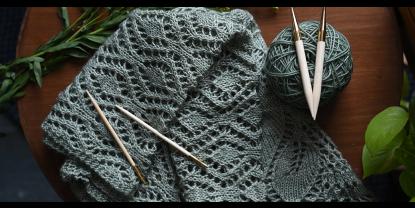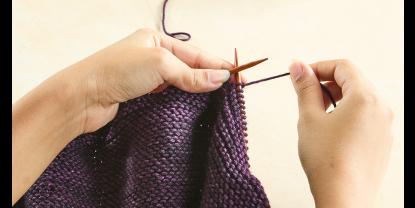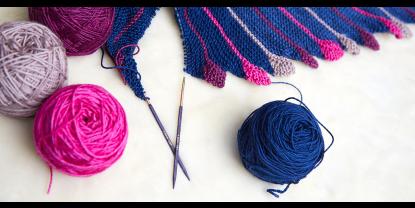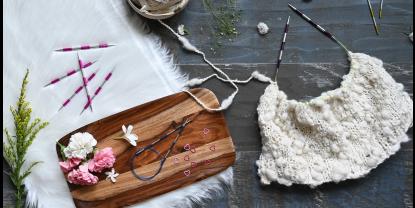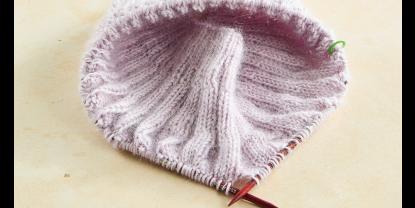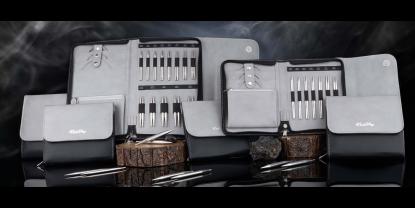Choosing the right crochet hook is essential for your comfort and the success of the project. The fact is, if you are not comfortable with your crochet hooks, then tension will be affected, distorting the look of the project. It will also take more time to complete a project, as your heart might not be into it. One of the most important decisions you'll face is selecting between inline and tapered crochet hooks. While both styles accomplish the same basic function, they offer different grips that can significantly impact your stitching comfort and project outcome.
You can also explore the guide for every maker to choose crochet hooks to help you make the right choice.
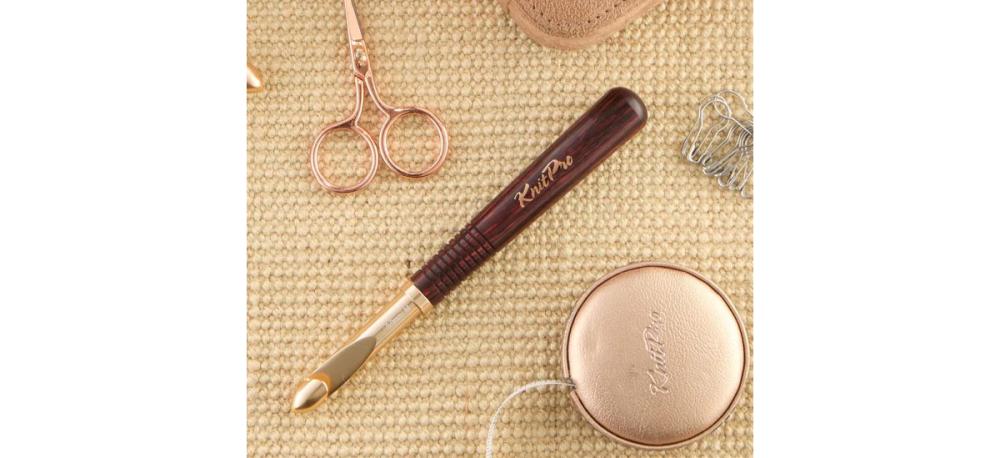
What Are Inline Crochet Hooks?
Inline crochet hooks feature a throat that sits directly in line with the shaft of the hook. The hook head maintains a consistent depth throughout, creating a uniform channel for yarn to flow through. This design originated in the United States and remains the standard for most American crochet hook manufacturers. The key identifying feature of inline hooks: look at the hook from the side, the throat appears as a straight, defined channel without curves or tapering.
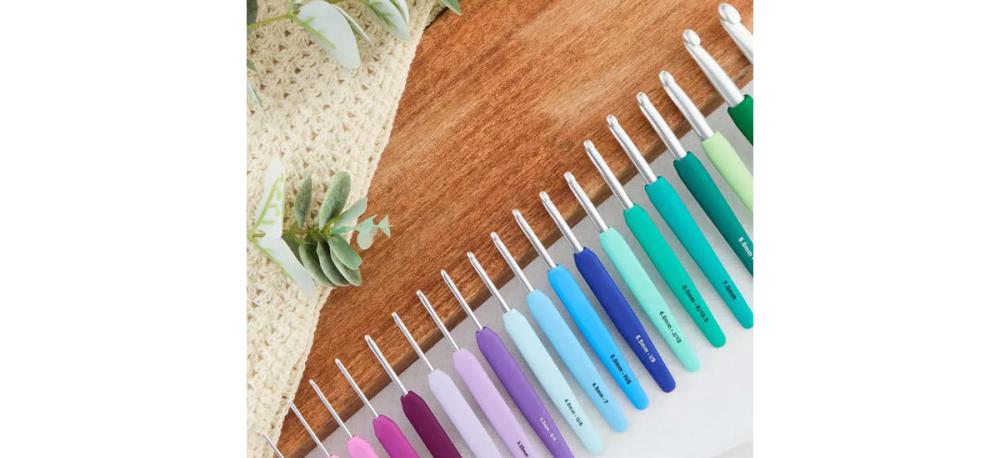
What Are Tapered Crochet Hooks?
Tapered crochet hooks, also called "pointed" hooks, feature a gradually narrowing throat that curves smoothly from the hook head toward the shaft. This design creates a more rounded profile that many crocheters find glides through stitches more easily. The traditional European standard they are commonly found in vintage hook sets. The curved design of tapered hooks creates a gentler transition as you pull yarn through loops.
Here is a table that summarizes the key differences between inline and tapered crochet hooks:
| Feature |
Inline Hooks |
Tapered Hooks |
|
Hook head shape |
Straight |
Gradually narrowing |
|
Tension and stitch size |
Uniform |
Can be inconsistent |
|
Ease of use |
Good for beginners |
It can be difficult for beginners |
|
Comfort |
It can be uncomfortable for some people |
More comfortable for some people |
|
Best for |
Projects that require precise stitches, for beginners |
Projects with thicker yarns, people with hand pain |
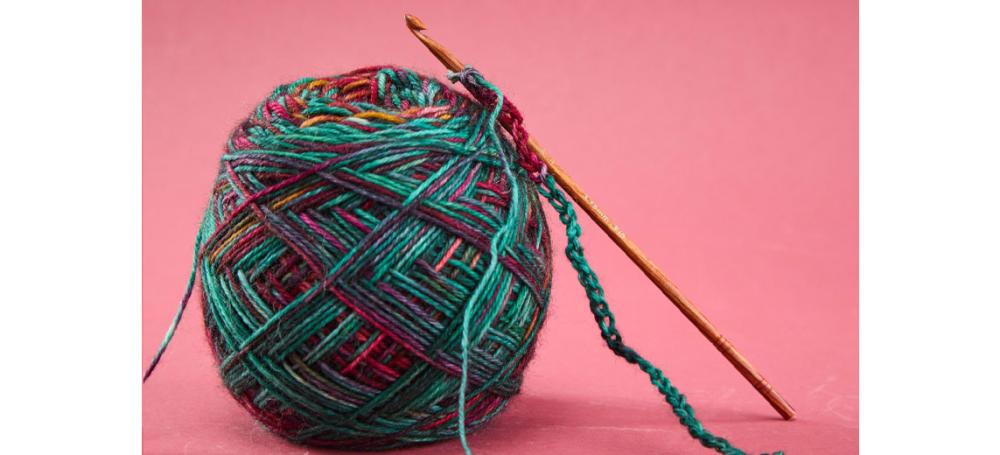
Key Differences in Performance: Inline Vs Tapered
Stitch Consistency
Inline hooks excel at creating uniform stitches because the consistent throat depth maintains steady tension as you work. This makes them ideal for projects requiring precise gauge, such as fitted garments or structured bags.
Tapered hooks may produce slightly varying stitch sizes due to their curved design, but many crocheters prefer the natural flow this creates. The variation is typically minimal and often adds a pleasant, handmade texture to finished projects.
Yarn
The smooth curves of tapered hooks allow yarn to glide effortlessly through stitches, making them excellent for slippery yarns like silk or bamboo. They're also gentler on delicate fibers and less likely to snag or split yarn strands.
Inline hooks provide more control over yarn placement, which proves beneficial when working with fuzzy mohair yarn or splitty cotton. The defined edges help grab and manipulate stubborn yarns more effectively.
Speed and Rhythm
Experienced crocheters often develop strong preferences based on their working style. Tapered hooks typically allow for faster, more fluid motions, making them popular among speed crocheters and those who work for extended periods.
Inline hooks require slightly more deliberate movements but offer greater precision for complex stitch patterns or colorwork techniques where exact placement matters.
Choosing Based on Your Crochet Style
For Beginners - New crocheters often benefit from inline hooks because they provide clearer feedback about stitch formation and help develop consistent tension habits. The defined structure makes it easier to understand how stitches should look and feel.
However, if you find inline hooks uncomfortable or notice hand fatigue, switching to tapered hooks might solve the problem immediately.
For Experienced Crocheters - Your project type should guide your choice.
Inline hooks are suitable for:
- Amigurumi crochet patterns that requires tight, uniform stitches.
- Garments where the gauge is criticalGeometric patterns demanding precision
- Working with difficult yarns
Select tapered hooks for:
- Shawls and scarves with drape
- Speed crocheting sessions
- Delicate lacework
- Extended crafting periods
Comfort and Ergonomics
Hand comfort varies significantly between individuals. Some crocheters find the defined edges of inline hooks create pressure points, while others appreciate the secure grip they provide. Tapered hooks' smooth curves may feel more natural for those who hold their hooks with a lighter grip.
Consider your comfort when making your selection. Many manufacturers now offer both inline and tapered options in ergonomic handles, allowing you to enjoy a comfortable crafting experience.
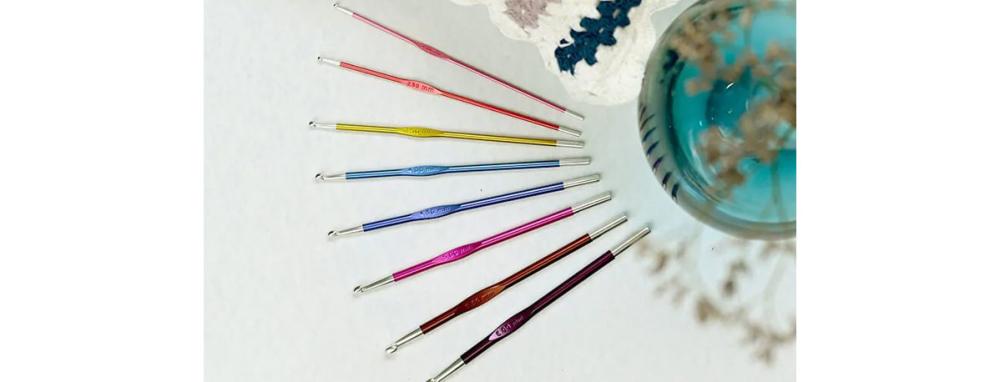
Making Your Decision
The best way to determine your preference is through hands-on experience. Try both and pay attention to:
- How easily yarn flows through stitches
- Whether your hands tire quickly
- Stitch consistency in your finished work
- Overall comfort during extended use
Many accomplished crocheters maintain collections of both styles, selecting hooks based on specific project requirements.
To conclude, inline or tapered crochet hooks, neither are inherently superior to one another; they're simply different tools designed for different preferences and applications. Understanding these differences helps you to make informed choices that enhance your crochet experience.
Explore the KnitPro collection for crochet hooks that make crafting pleasurable. Waves 2.0 offers tapered crochet hooks with an ergonomic rubber handle. Oasis bring a revolution with interchangeable single-ended crochet hooks. Dreamz offers the comfort of wood while Zing has vibrant colors to inspire.


